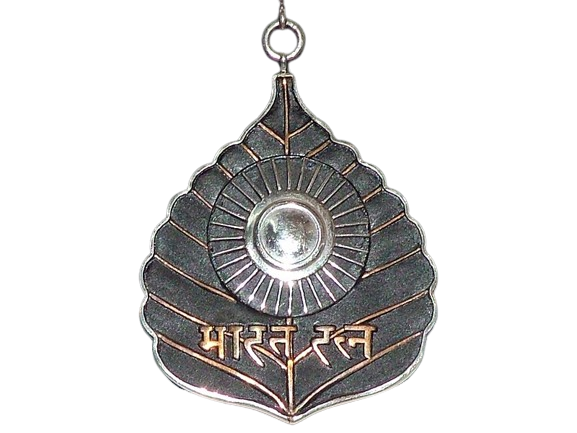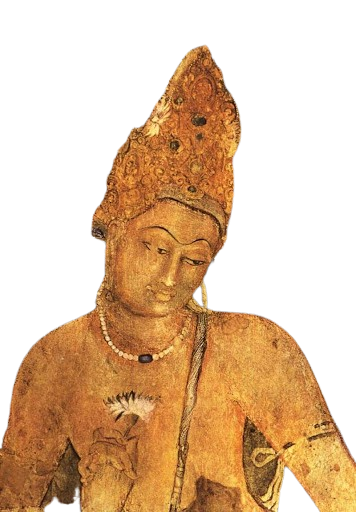General Studies – Your Ultimate Guide to Competitive Exams
Welcome to generalstudies.co.in, your one-stop platform for General Studies (GS) preparation.
Whether you’re aiming for UPSC, State PSCs (WBCS, UPPCS, BPSC, MPPSC, etc.), SSC, Banking, Railways, or other government exams, we provide high-quality, exam-oriented study materials to help you succeed.



 UPSC IAS/IPS/IFS – GS Prelims Study Material
UPSC IAS/IPS/IFS – GS Prelims Study Material
 UPPCS, BPSC, MPPSC, WBPSC & Other State PSCs – Subject-wise detailed resources.
UPPCS, BPSC, MPPSC, WBPSC & Other State PSCs – Subject-wise detailed resources.




